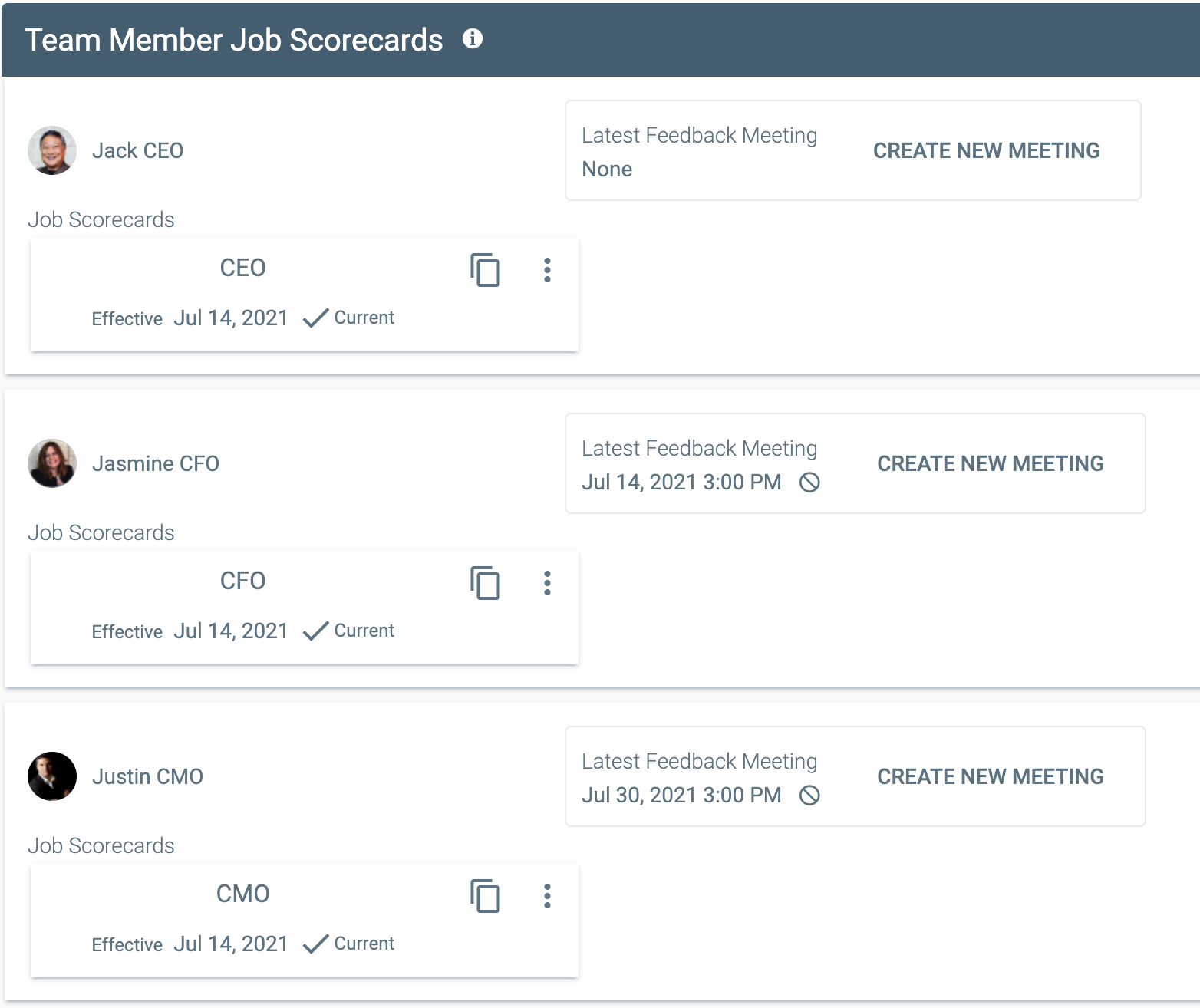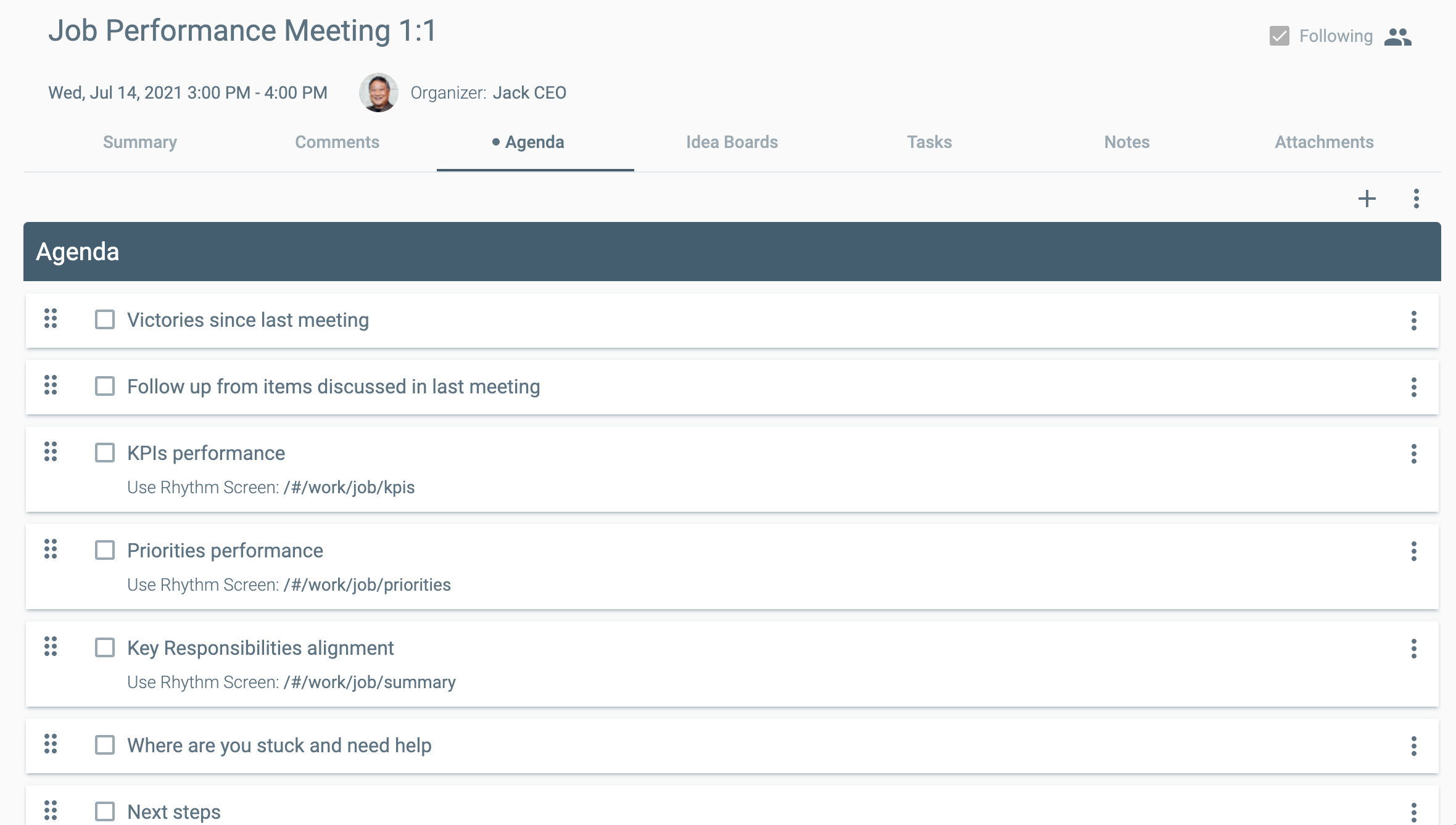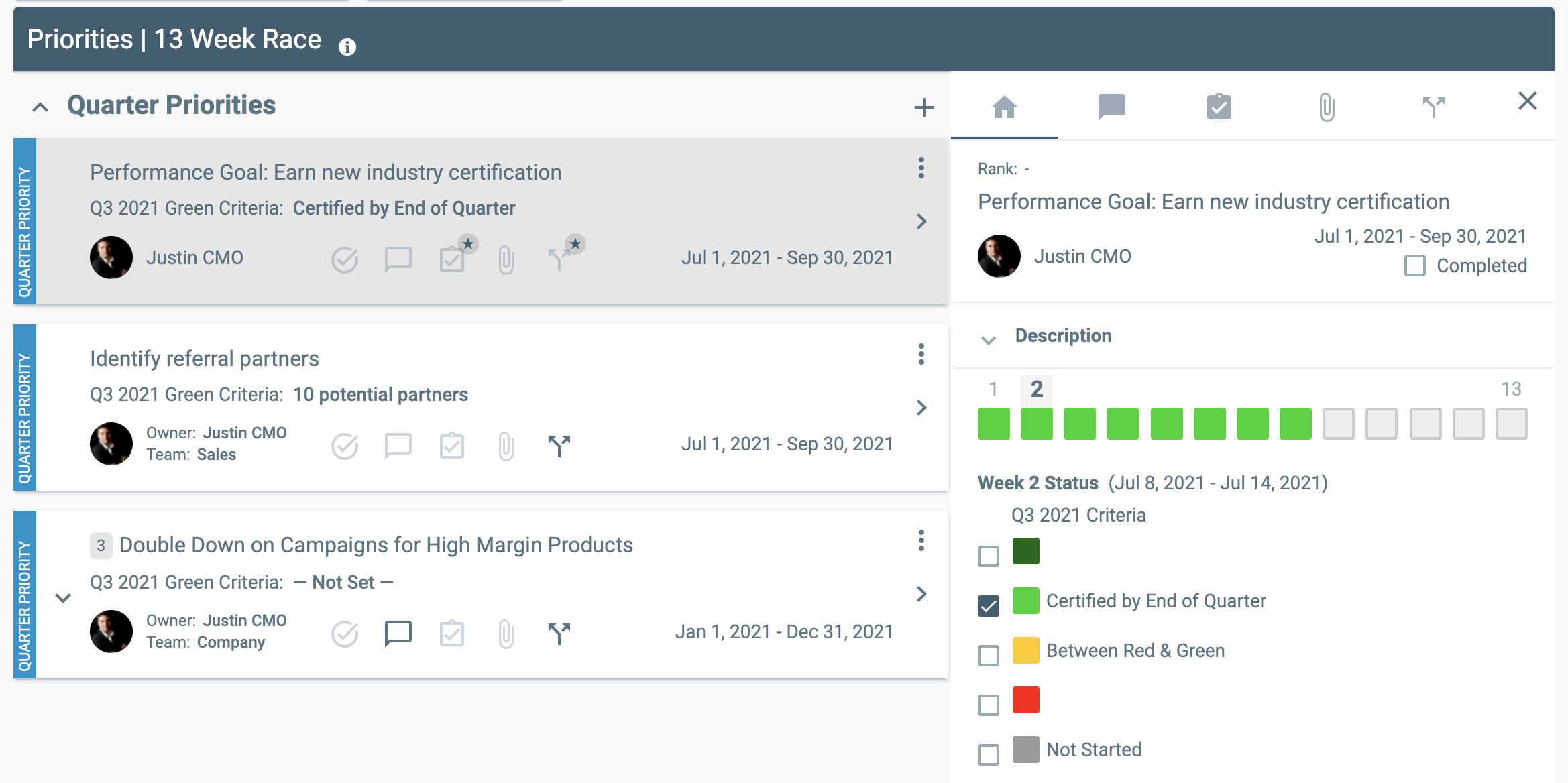For many team leaders, HR professionals and individual contributors, the performance review process is one of the most dreaded exercises there is. HR leaders hate nagging managers to complete them, tracking who has done what when, and following up to ensure compliance. Team leaders hate being nagged; they often find the process cumbersome with the conversations perfunctory or awkward, and the ensuing results feel disconnected from the real work of the team. Individuals find it stressful to prepare for these discussions, as well. It's a disruption for everyone, and unless your company regularly doles out pay raises or bonuses associated with these reviews, nobody is happy to see them coming up on the calendar.

So, why do many companies still bother to do them at all? What's the value?
In theory, performance reviews are an opportunity for an individual to pick your head up from the daily work and look at the big picture. How are you doing? What skills or competencies do you need to develop to be equipped to do your job better now and in the future? What do you need to learn or improve to get that promotion? What are you doing really well that you should double down on or mentor others?
For leaders, these are supposed to be opportunities to coach your team to improve, provide feedback, understand your team members' goals for the future and help remove barriers for them. You should be able to leverage these conversations to help your team be more successful now and as your company grows and jobs change. If you're an executive, you need to know that all this activity is worthwhile; if you aren't confident that the performance goals and conversations are aligned with the business growth goals (OKR vs KPI), the exercise is a waste of time and resources. If you aren't getting the value and are just checking the box, it's time to reconsider your approach. We often find that people can improve performance by simply learning how to write goals more effectively.
Tracking your team's professional development goals in a different system, spreadsheet or printed scorecard is ineffective. We all have so many incoming requests these days that we can easily lose track of our goals. We can leave our performance review excited for the certification we planned to earn or leadership skill we vowed to improve, but if this goal is not front and center-right in the same list with our other projects, tasks, and strategic priorities—it's too easy to forget them and wake up in a panic the night before our next review only to realize we stopped halfway through that certification when things got busy and never went back to complete it.
Rather than having performance goals and conversations that are disconnected from the strategic goals of your organization and tracked separately from the day-to-day work to execute those goals, imagine having a single system to simplify your performance reviews. That's what we've built in Rhythm V5.
-
Simple view for managers and HR. We've given you a list of all the team members, their job scorecards, and the last time they had a performance meeting. No more chasing this information down or keeping track of it in spreadsheets.

-
One-click for an employee performance meeting. In this same view, you can click one button to generate a private performance meeting with a team member. You can take notes, capture follow up tasks, and use our built-in agenda to guide a meaningful conversation or customize your own meeting agenda templates to use.

-
Single dashboard for all your goals. Any performance goals resulting from your conversations go right on your Rhythm Dashboard along with your strategic goals and KPIs—and you can link them up to strategic goals for the business to ensure you are working on initiatives that align to your company's goals and move the bottom line. Sounds like a good way to make the case for that promotion to me!

Using Rhythm already simplifies performance conversations because you are sharing progress and getting feedback on your goals every week. Having the continuous cycle of feedback takes the pressure off these performance meetings because you and your manager both already know where things stand—no surprises! You're already clear on your role and you know what success looks like on your goals, and your manager knows how you've been doing on those goals week to week. Your performance reviews can shift from updating on the status of projects or rehashing issues from many months ago and become more valuable as you reflect on your future goals, examine patterns, and seek coaching on skills and competencies you are developing.
If you want to check out our new Job Performance tools in Rhythm, we'd love to give you a sneak peek, it can teach you how to align employees with company goals.
Here are other blogs on Performance Reviews and People Management you might like:
Performance Reviews: HR Can't Handle the Truth



